All Stories
-
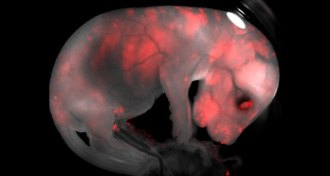 Life
LifeMouse cells grown in rats cure diabetes in mice
Mixing cells of two species produces pig and cattle embryos with some human cells.
-
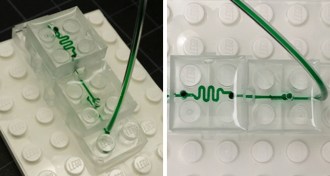 Tech
TechLegos inspire versatile fluid-filled devices
Tiny devices shuttle fluid around using reconfigurable Lego-like bricks.
-
 Physics
PhysicsConstruction of tiny, fluid-filled devices inspired by Legos
Tiny devices shuttle fluid around using reconfigurable Lego-like bricks.
-
 Health & Medicine
Health & Medicine50 years ago, methadone made a rosy debut
Heralded as the “answer to heroin addiction,” methadone is still used to treat opiate addiction, despite risks.
-
 Animals
AnimalsEndings make way for new beginnings for Earth and SN
Editor in chief Eva Emerson discusses major changes for life on Earth and at Science News.
By Eva Emerson -
 Animals
AnimalsReaders weigh in on mathematical animals and more
Animal math, dinosaur digestion and more in reader feedback from our December 10, 2017, issue.
-
 Paleontology
PaleontologyWith dinosaurs out of the way, mammals had a chance to thrive
The animals that lived through the great extinction event had a range of survival strategies to get them through.
By Meghan Rosen -
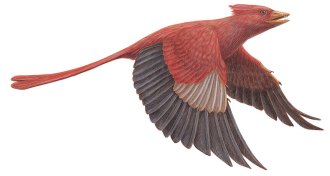 Life
LifeSome lucky birds escaped dino doomsday
Dino doomsday took out early birds too, but a lucky few survived.
By Susan Milius -
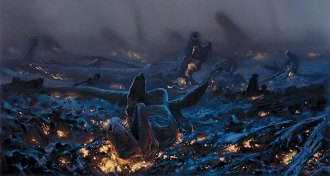 Earth
EarthDevastation detectives try to solve dinosaur disappearance
Dinosaurs and others faced massive losses 66 million years ago from an asteroid impact, volcanic eruptions or maybe a mix of the two.
-
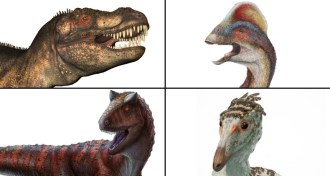 Paleontology
PaleontologyBony head ornaments signal some supersized dinosaurs
Bony headwear, like bumps and horns, is tied to bigger bodies in the theropod dinosaur family tree.
-
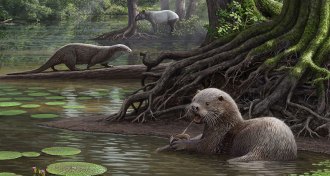 Paleontology
PaleontologyAncient otter of unusual size unearthed in China
Fossils unearthed in China reveal a newly discovered, now-extinct species of otter that lived some 6.2 million years ago.
By Meghan Rosen -
 Paleontology
PaleontologyAncient giant otter unearthed in China
Fossils unearthed in China reveal a newly discovered, now-extinct species of otter that lived some 6.2 million years ago.
By Meghan Rosen